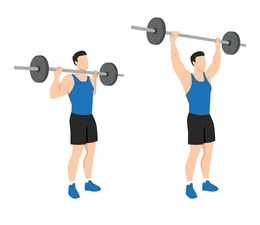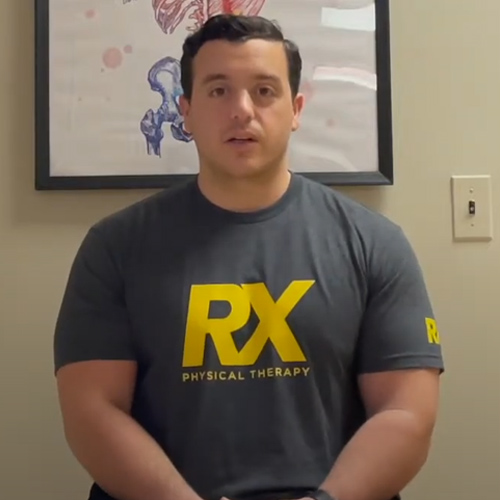
Shoulder pain can be a significant obstacle for individuals aiming to maintain a consistent upper body workout routine. However, we have found many ways to help our patients modify their workout for shoulder pain. Modifying your shoulder workouts can help alleviate discomfort, and enable you to continue making progress towards your fitness goals. In this blog, we’ll explore various strategies and modifications you can incorporate to ensure a safe and effective workout for those experiencing shoulder pain.
Understanding Shoulder Pain:
Before diving into modifications, it’s crucial to understand the potential causes of shoulder pain. Common culprits include poor posture, compensatory breathing strategies, limited thoracic spine mobility and control, overuse, or previous injuries. Consulting with a healthcare professional is essential to identify the root cause of your shoulder pain and to incorporate personalized modifications.
Our Recommended Modification Strategies:
Warm-up Adequately: Begin your workout with a thorough warm-up to increase blood flow, and mobility in your spine and shoulders. Dynamic stretching and mobility exercises are a great place to start. You should focus on the shoulder joint, shoulder blades, and thoracic spine to prepare your muscles for the upcoming workout.
Focus on Form: Paying meticulous attention to your form is critical when dealing with shoulder pain. Ensure proper alignment and execution of each movement to minimize stress on the shoulder joint. Reduce the weight, modify the tempo of the movement, and prioritize quality over quantity.
Incorporate Warm-Up Sets: Gradually progress into your working sets by including lighter warm-up sets. This allows your muscles and joints to acclimate to the upcoming workload, reducing the risk of aggravating shoulder pain during heavier lifts.
Choose Joint-Friendly Exercises: Opt for exercises that place less stress on the shoulder joint. For instance, swap out traditional overhead presses with variations like landmine presses or machine shoulder presses, as these can be gentler on the shoulders while still allowing you to make strength gains.
Adjust Grip and Hand Position: Experiment with different grip widths and hand positions to find the most comfortable and pain-free setup. For example, a neutral grip on barbell presses or using dumbbells instead of a barbell can alter the stress on the shoulders.
Limit Range of Motion: Reduce the range of motion for certain exercises to decrease stress on the shoulders. For instance, partial range of motion bench presses or limiting the descent in overhead pressing movements can help alleviate discomfort. Using a hard stop like safety pins is also an easy way to modify for shoulder pain during your shoulder press.
Incorporate Isolation Exercises: Shift the focus to isolation exercises that target specific muscle groups without excessive strain on the shoulders. Cable lateral raises, front raises, and face pulls are examples of exercises that isolate the shoulder muscles with minimal joint stress.
Prioritize Scapular Stability: Strengthening the muscles responsible for scapular stability is crucial for shoulder health. Include exercises like scapular retractions, face pulls, and band pull-aparts to enhance the stability of the shoulder blades.
Alternate Push and Pull Movements: Create a balanced workout routine by alternating between pushing and pulling movements. This helps maintain muscle balance around the shoulder joint and prevents overuse injuries.
Integrate Mobility Exercises: Improve shoulder mobility through targeted exercises such as shoulder circles, arm swings, and thoracic spine mobility drills. Increased flexibility can contribute to better movement patterns and reduced shoulder pain.
Listen to Your Body: Pay attention to how your shoulders respond to different exercises and modifications. If a particular movement exacerbates pain, consider alternative exercises or modifications to avoid further injury.
Conclusion:
Shoulder pain doesn’t have to derail your upper body workout routine. There are many ways that you can modify for shoulder pain. By implementing these modification strategies, you can adapt your training program to accommodate your shoulder discomfort while still making progress towards your fitness goals. Remember to consult with healthcare professionals or fitness experts to ensure a tailored approach based on the specific nature of your shoulder pain. With patience, consistency, and proper modifications, you can maintain a healthy and pain-free upper body workout routine.


